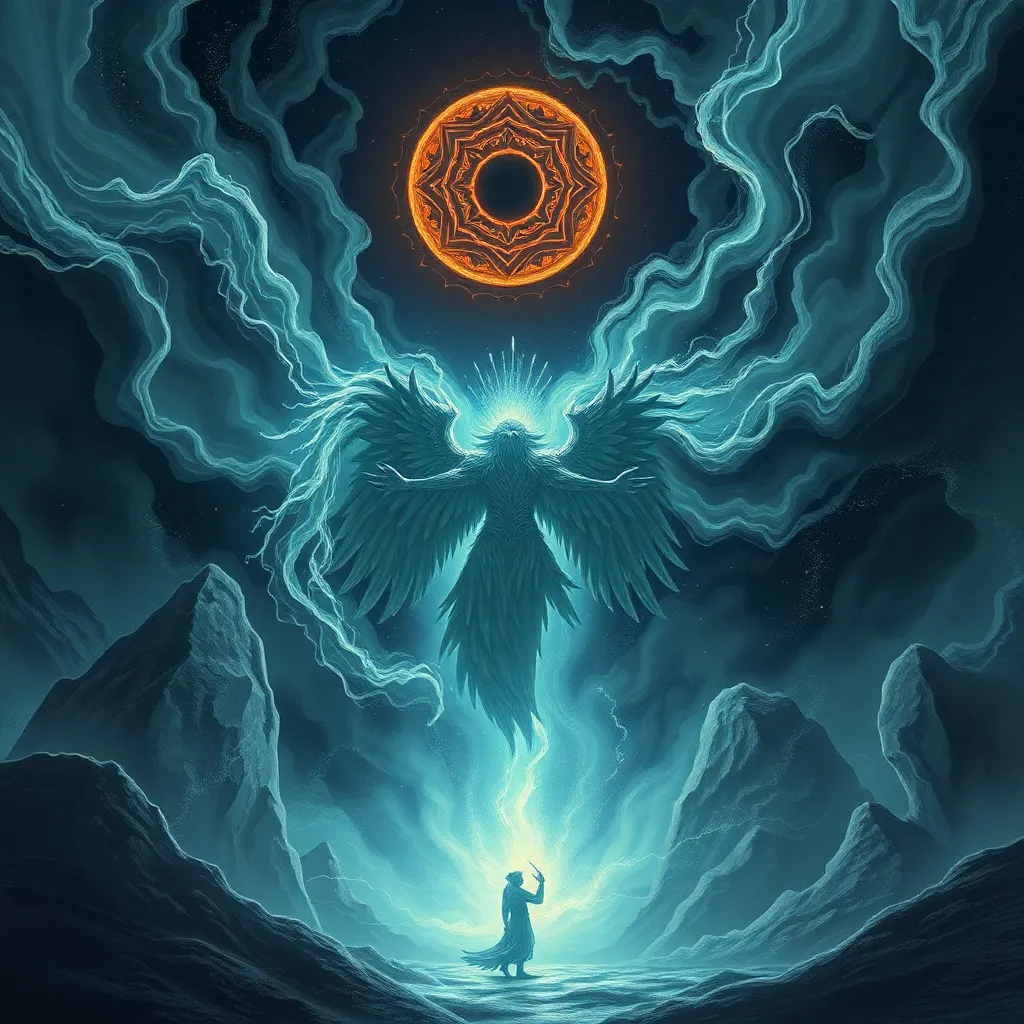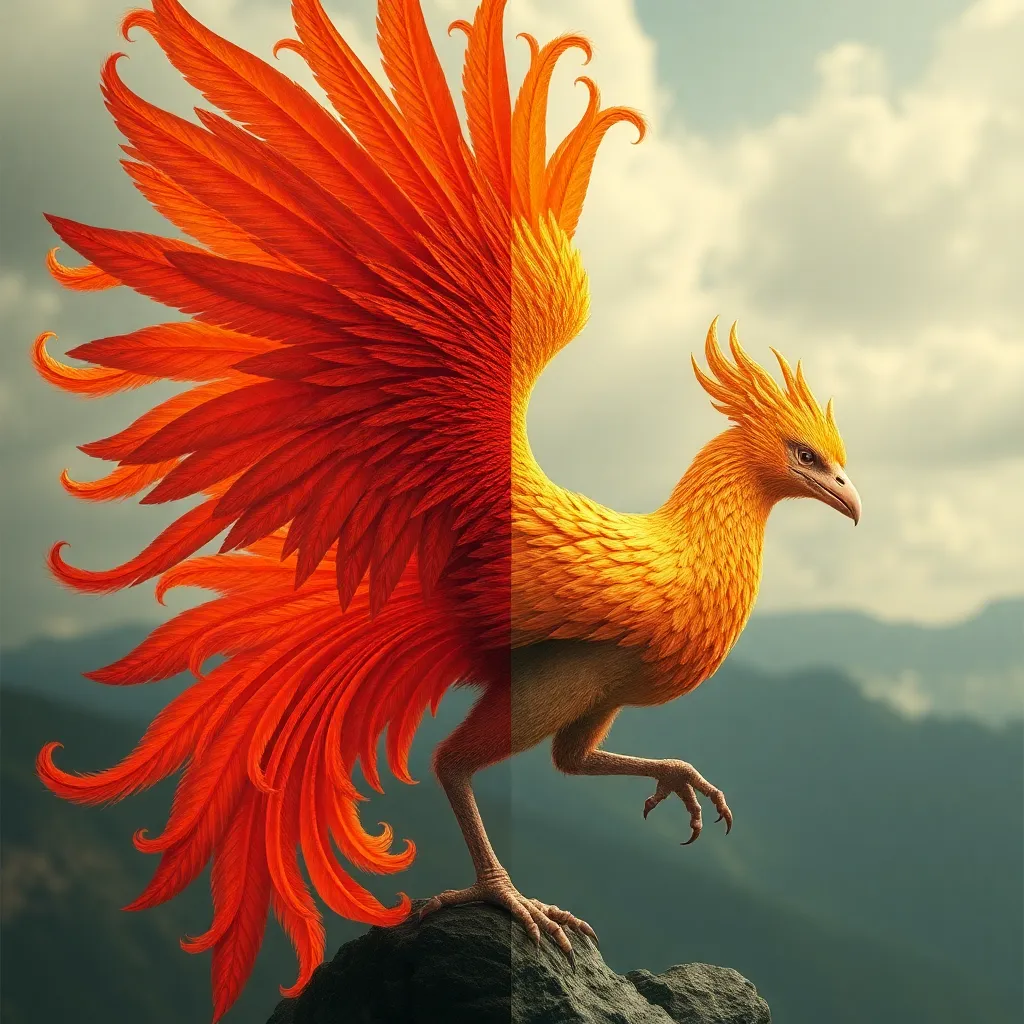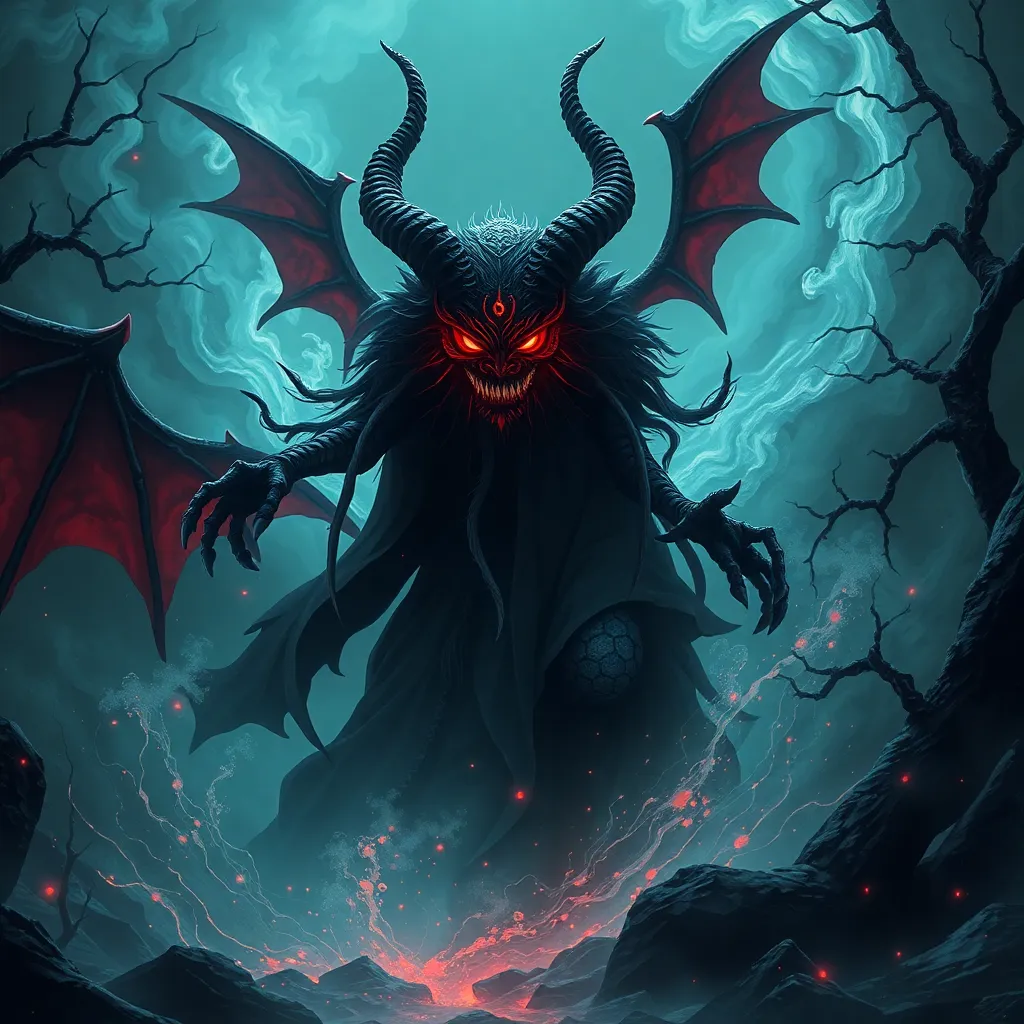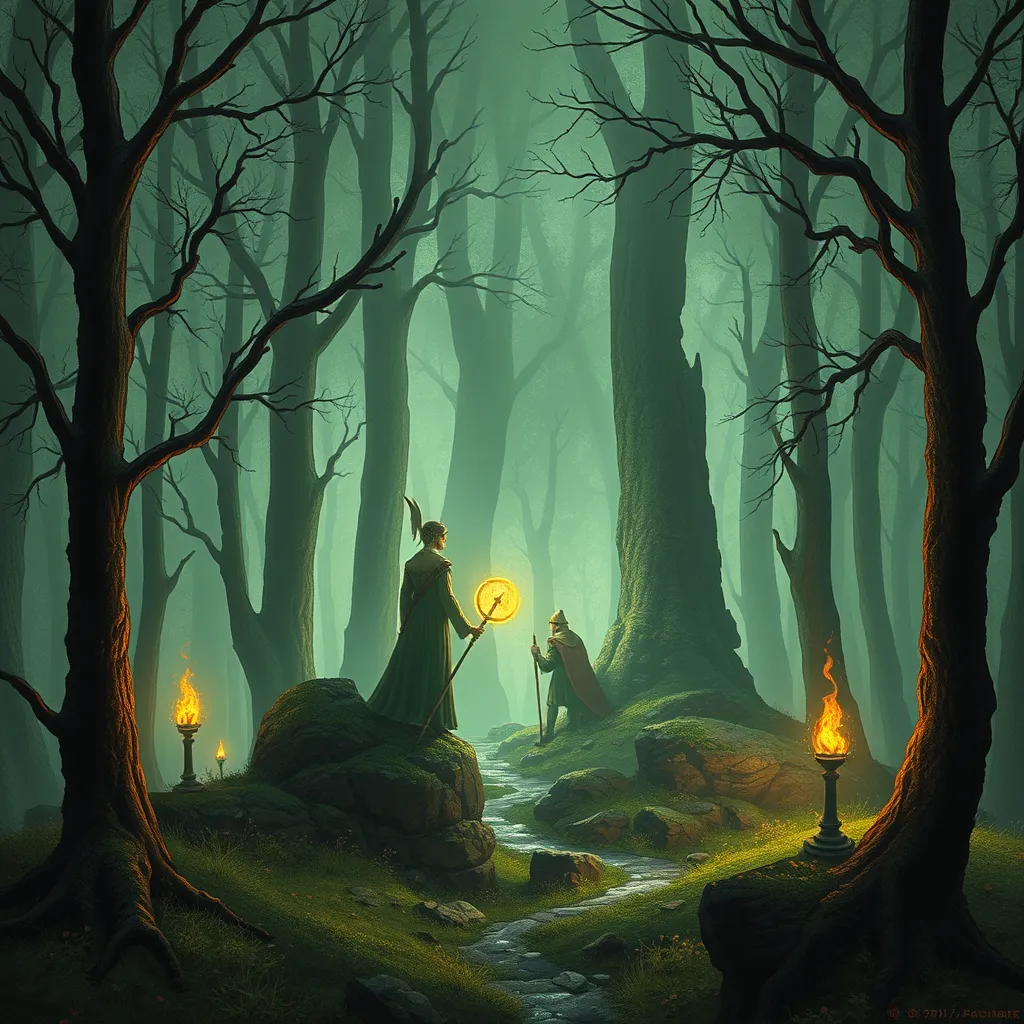Beyond the Veil: Exploring the Spirit World in Native American Mythology
I. Introduction
Native American mythology is a rich tapestry woven from the beliefs, values, and traditions of diverse Indigenous cultures across North America. Each tribe has its own unique narratives and spiritual practices, but a common thread among them is the profound significance attributed to the spirit world. This realm is not seen as a distant or separate entity but as an integral part of daily life, influencing everything from personal well-being to community health.
The spirit world plays a crucial role in the cosmologies of Indigenous peoples, serving as a source of guidance, wisdom, and connection to ancestors. This article aims to delve into the intricacies of the spirit world as understood in various Native American traditions, exploring its meanings, practices, and enduring relevance in contemporary society.
II. Understanding the Spirit World in Native American Beliefs
The spirit world, in Native American beliefs, can be defined as a parallel realm that exists alongside the physical world. It is populated by a myriad of spirits, including ancestors, nature spirits, and animal guides, all of which influence and interact with the living.
The connection between the physical and spiritual realms is often depicted as a seamless interface where the two worlds constantly interact. Many Indigenous cultures believe that the actions and intentions of individuals in the physical world can affect the spiritual realm and vice versa.
Common themes and symbols found in Native American mythology regarding the spirit world include:
- The circle of life, symbolizing the interconnectedness of all beings.
- The use of nature as a guide, where elements like water, earth, and air are seen as sacred.
- The importance of dreams and visions, which are viewed as messages from the spirit world.
III. Major Native American Tribes and Their Spiritual Cosmologies
Different tribes possess unique perspectives on the spirit world, manifested through their spiritual cosmologies.
A. The Navajo and the concept of “Hózhó”
For the Navajo people, the concept of “Hózhó” embodies beauty, harmony, and balance in the universe. The spirit world is integral to achieving Hózhó, as it is believed that living in harmony with the spirits ensures health and prosperity.
B. The Lakota and the importance of the “Tunkasila”
The Lakota people revere Tunkasila, or the Grandfather spirit, representing a guiding force and a connection to ancestry. Tunkasila is seen as a source of wisdom and strength, influencing the community’s spiritual practices and beliefs.
C. The Hopi and the role of spirits in agriculture and survival
The Hopi tribe emphasizes the connection between the spirit world and their agricultural practices. They believe that spirits play a crucial role in ensuring successful crops and sustaining life, leading to rituals that honor and appease these spiritual entities.
IV. The Role of Ancestors in the Spirit World
Ancestors hold a revered position in the spiritual beliefs of Native American tribes. Ancestral spirits are thought to influence the living, guiding and protecting them through life’s challenges.
A. Ancestral spirits and their influence on the living
Many Indigenous cultures believe that ancestors remain actively involved in the lives of their descendants, providing wisdom and support. This belief fosters a deep respect for lineage and tradition.
B. Rituals and practices to honor ancestors
To honor their ancestral spirits, tribes engage in various rituals, including:
- Offering prayers and food at altars.
- Conducting ceremonies on significant dates or during seasonal changes.
- Storytelling, where ancestral tales are shared to preserve history and lessons.
C. The concept of lineage and continuity
Lineage is crucial in maintaining a sense of identity and belonging. The continuity of cultural practices through generations reinforces the bond between the living and their ancestors.
V. Spirit Guides and Animal Totems
Spirit guides and animal totems are vital components of Native American spiritual beliefs, serving as protectors, teachers, and companions on the spiritual journey.
A. The significance of animal spirits in Native American traditions
Each animal is believed to possess unique spiritual qualities that can offer guidance. Common animal totems include:
- Eagle – representing vision and freedom.
- Bear – symbolizing strength and introspection.
- Wolf – embodying loyalty and social connections.
B. How individuals connect with their spirit guides
Individuals often seek to connect with their spirit guides through meditation, prayer, and contemplation, allowing for a deeper understanding of their personal journey.
C. The role of dreams and visions in spiritual guidance
Dreams and visions are regarded as significant messages from the spirit world, offering insights and directions for life choices. Many seek guidance through vision quests or dream interpretation.
VI. Rituals and Ceremonies for Communicating with the Spirit World
Rituals and ceremonies form the backbone of communication between the physical and spiritual worlds, allowing individuals and communities to seek guidance, healing, and connection.
A. Overview of key rituals (e.g., sweat lodge, vision quest)
Key rituals include:
- Sweat Lodge: A purification ceremony that fosters spiritual clarity and connection with the spirit world.
- Vision Quest: A rite of passage where individuals seek spiritual guidance and personal revelation through solitude and nature.
B. The importance of community and collective spirituality
Many Native American rituals emphasize the role of community, highlighting the belief that collective spirituality strengthens bonds and enhances the power of the rituals.
C. Modern adaptations of traditional practices
While many rituals remain unchanged, some have adapted to contemporary contexts, allowing Indigenous peoples to retain their cultural heritage while engaging with modernity.
VII. The Impact of Colonization on Native American Spirituality
The history of colonization has profoundly impacted Native American spirituality, leading to the suppression of Indigenous beliefs and practices.
A. Historical context of colonization and its effects on Indigenous beliefs
Colonization introduced new religions and ideologies that often marginalized Native spiritual practices, resulting in loss and fragmentation of cultural identity.
B. Resilience and revival of spiritual practices
Despite the challenges, many Indigenous communities have demonstrated resilience, reviving and preserving their spiritual practices. This revival is evident in cultural festivals, ceremonies, and educational efforts.
C. The role of contemporary Native American movements
Contemporary movements advocate for the recognition and respect of Indigenous spirituality, emphasizing the importance of cultural sovereignty and the right to practice traditional beliefs.
VIII. Conclusion
In summary, the spirit world in Native American mythology is a rich domain that underscores the interconnectedness of all life. The beliefs surrounding the spirit world reveal deep insights into the values of beauty, harmony, and respect for nature and ancestors.
Understanding these spiritual practices fosters greater respect for Indigenous cultures and highlights their relevance in today’s society. As we explore these timeless beliefs, we are encouraged to honor and support Indigenous communities in their ongoing journey of spiritual expression and cultural preservation.




